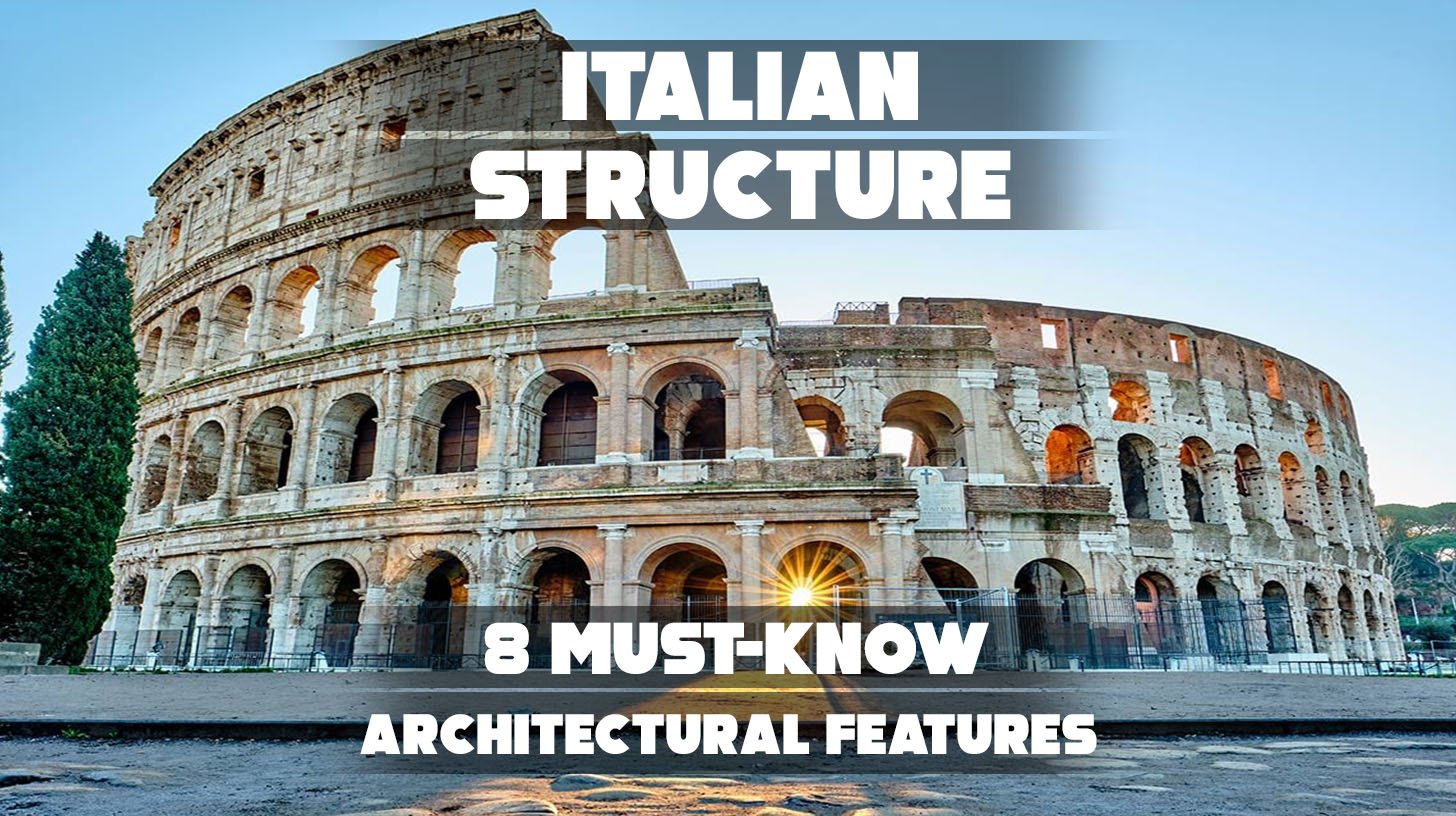Ever wondered why some buildings feel timeless while others quickly fade? If you’re passionate about design or architecture, you’re likely searching for structures that combine beauty, purpose, and longevity.
You’re not alone. Many architects, students, and enthusiasts aim to understand what makes great design last through the centuries. This guide explores the enduring power of Italian structure, built on centuries of knowledge, innovation, and craft.
In this article, you’ll learn:
- Key materials and design techniques
- Historical breakthroughs from Rome to the Renaissance
- How Italy still shapes modern architecture
Read on—you’ll come away with practical insights and timeless inspiration.
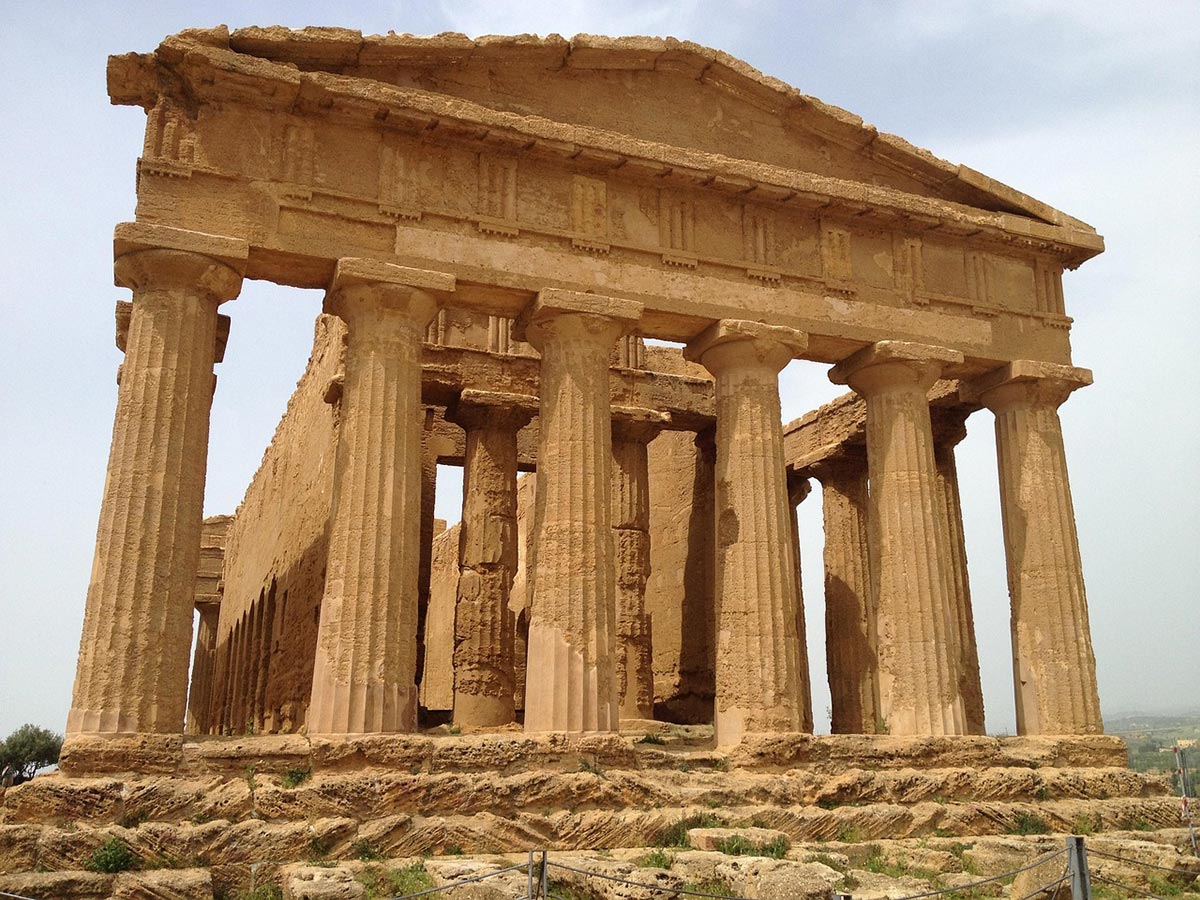
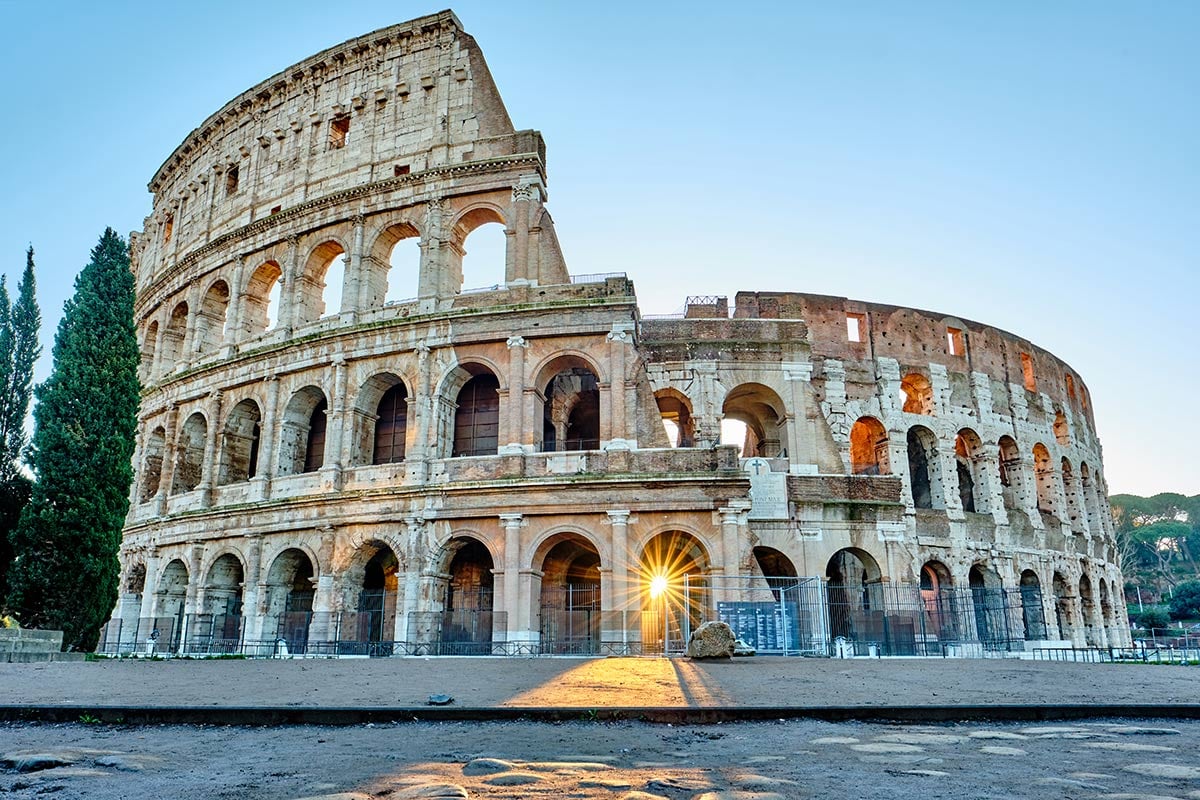
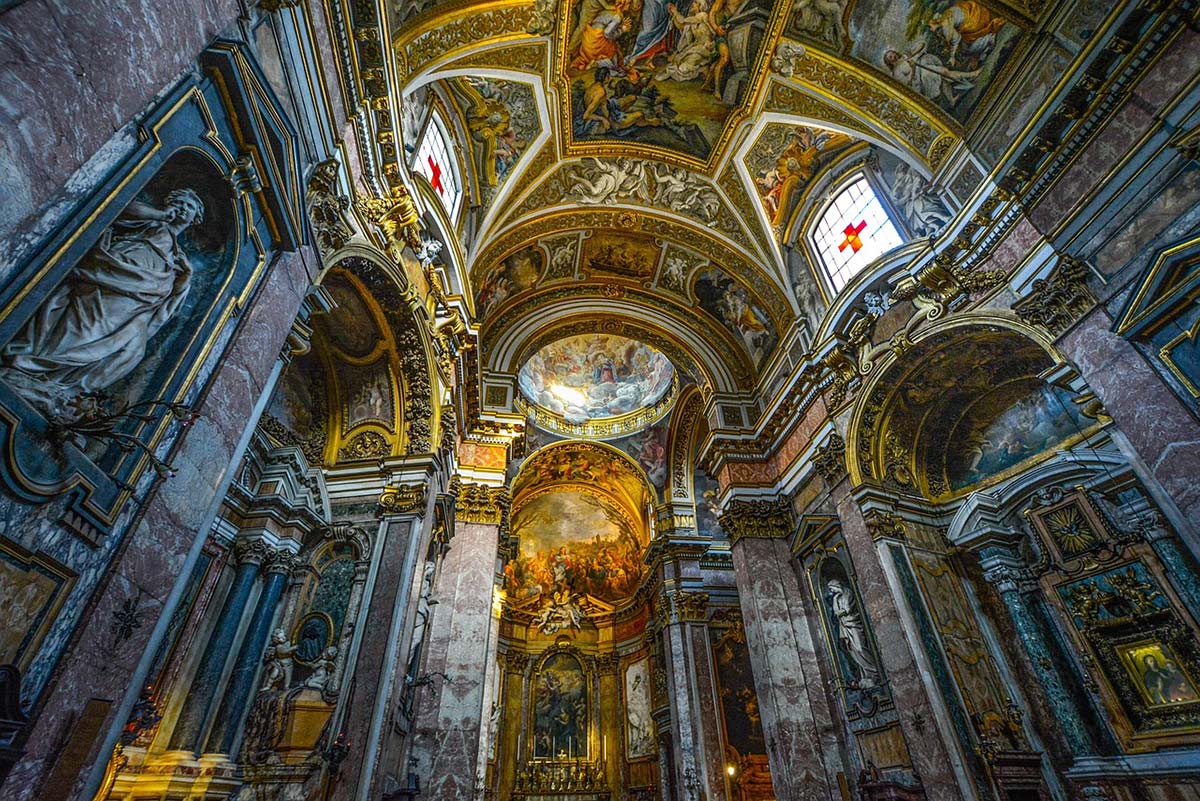
Key Features of the Italian Structure

Italian structure has a long history shaped by ancient civilizations like the Etruscans and Romans. Over time, it developed unique qualities that reflect Italy’s culture and practical needs. This blend of tradition and innovation has made Italian architecture influential worldwide.
Its strength comes from combining solid materials, smart techniques, and balanced design. These elements have created buildings that stand the test of time and continue to inspire architects today.
1. Common Materials and Construction Techniques

Italian structure traditionally uses materials like terracotta, marble, and stone, which offer both strength and beauty. Marble, in particular, has been a favorite for its durability and smooth finish. Construction techniques such as vaulted ceilings and arches were widely developed during the Roman era. These methods allowed builders to create large, open spaces that were both stable and elegant.
2. Distinctive Design Elements in Italian Buildings
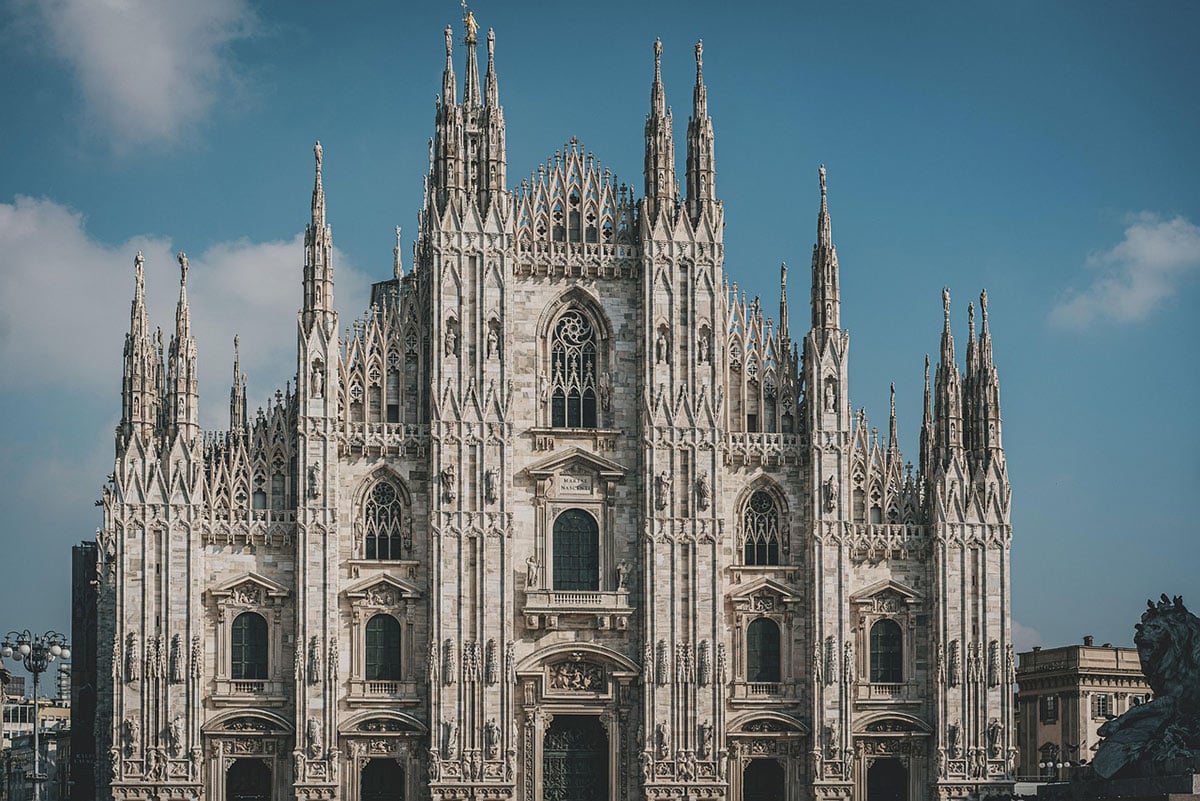
Italian structure is known for its strong sense of symmetry and proportion, which creates balanced and harmonious designs. Columns and domes are common features that add both strength and visual appeal to many buildings. These elements often follow classical rules that emphasize order and clarity.
Additionally, many Italian buildings are carefully designed to blend with their natural surroundings, especially in rural areas, enhancing their timeless beauty.
Italian Structure in Classical and Renaissance Architecture
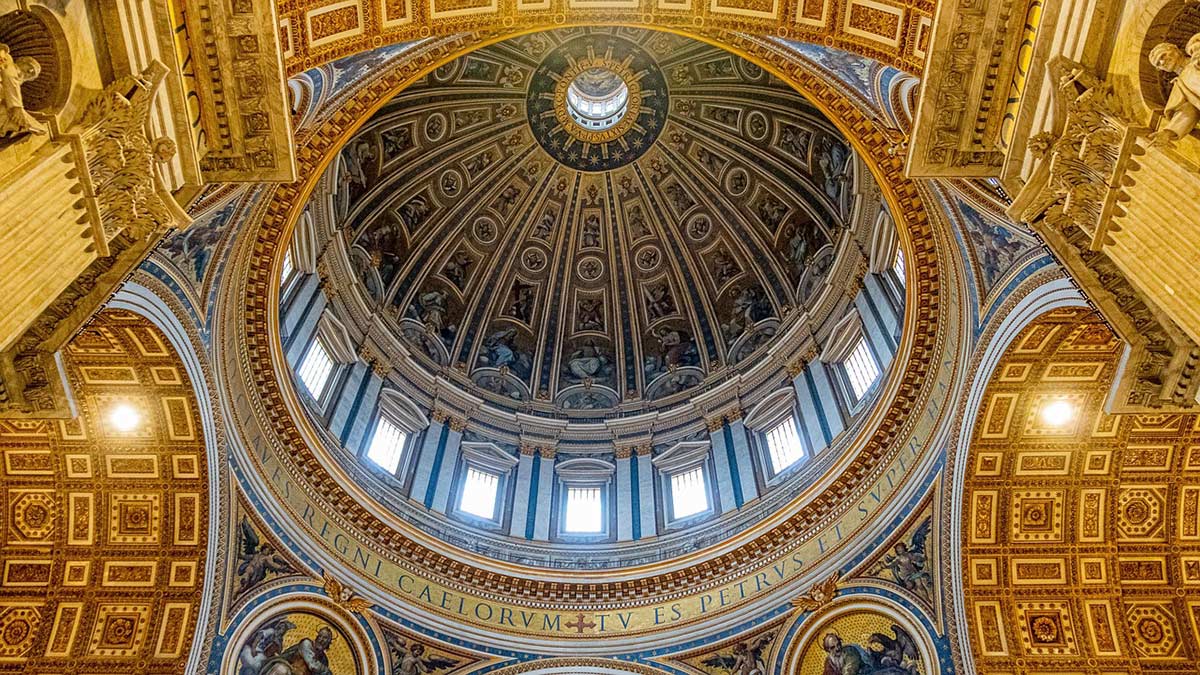
Italian structure reached new heights during the classical Roman period and the Renaissance. Roman engineers introduced breakthroughs that changed building forever, while the Renaissance brought a renewed focus on balance and beauty. Together, these eras shaped much of the architecture Italy is famous for today.
3. Roman Engineering Breakthroughs
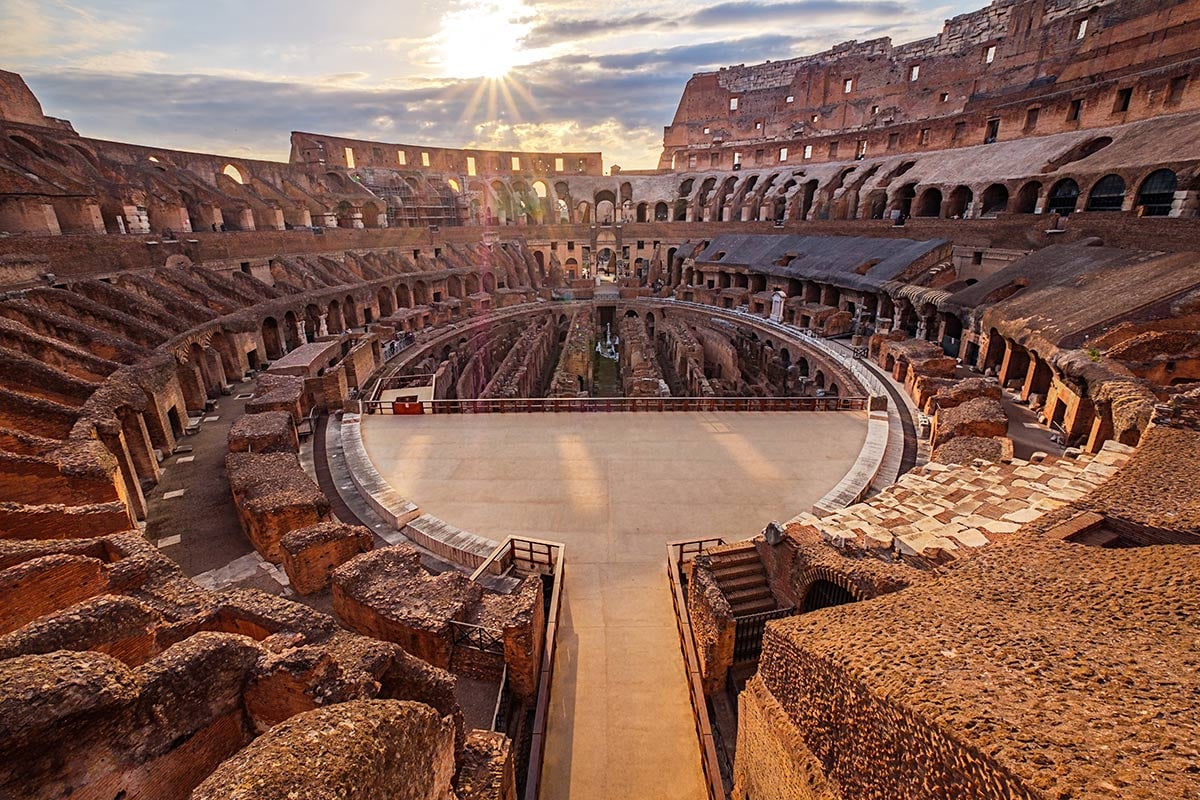
Romans developed concrete and perfected the use of arches and vaults, allowing them to build strong, large-scale structures. Iconic buildings like the Colosseum and the Pantheon show these innovations clearly and remain admired for their engineering.
4. Renaissance Revival of Classical Principles
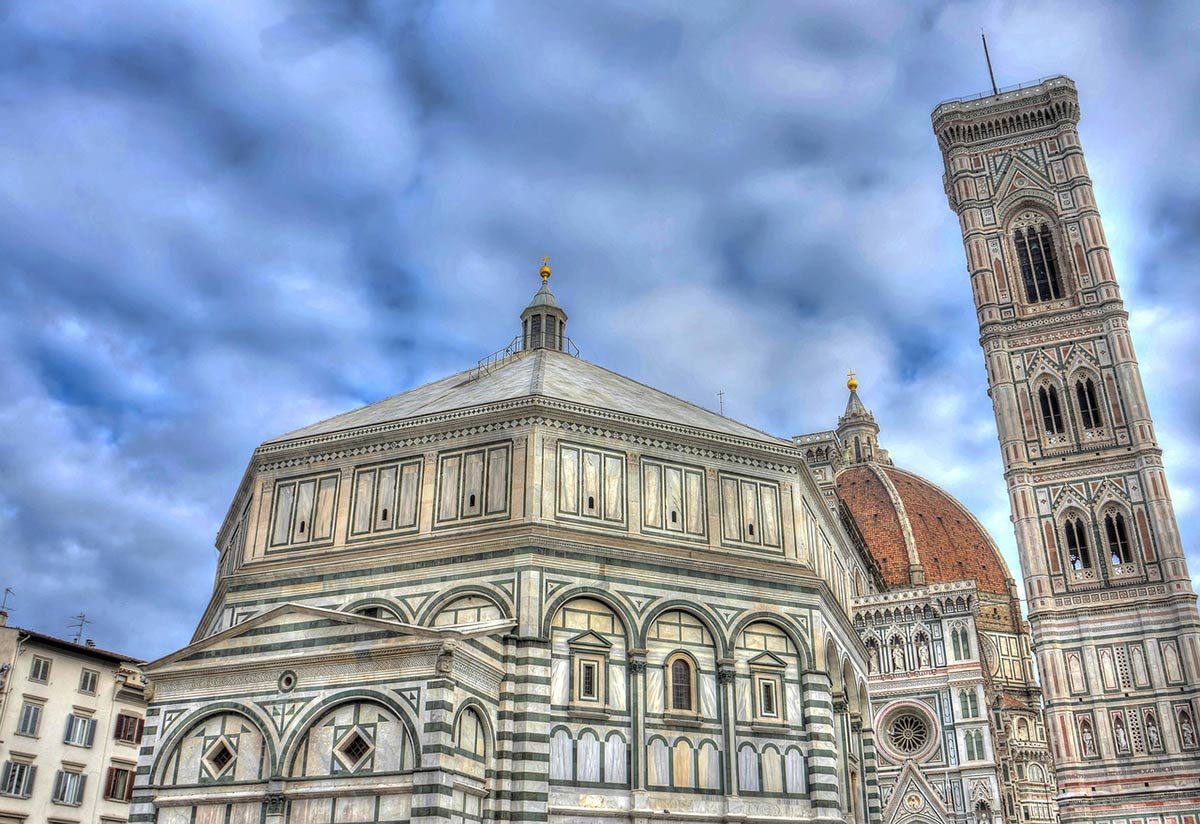
During the Renaissance, architects focused on symmetry, geometry, and proportion, inspired by classical ideals. Masterpieces like the Florence Cathedral and St. Peter’s Basilica demonstrate this return to order and beauty in design.
5. Impact on European Architecture
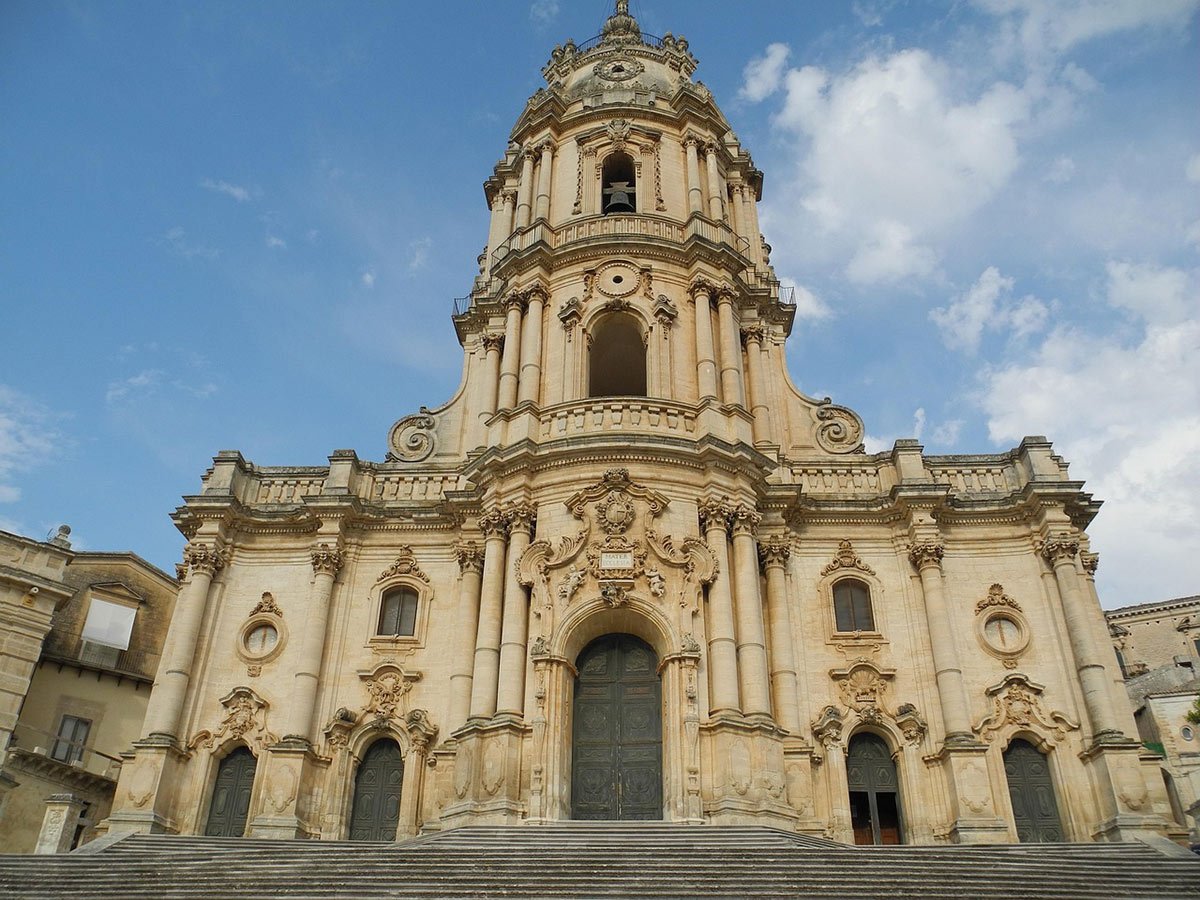
The innovations of Italian structure deeply influenced European architecture. Many styles, including Baroque and Neoclassical, drew heavily from Italian principles of balance, proportion, and engineering. Italian design became a model for builders across the continent and continues to inspire architects worldwide.
See also Italy Landmarks
The Lasting Impact of Italian Structure on Modern Architecture
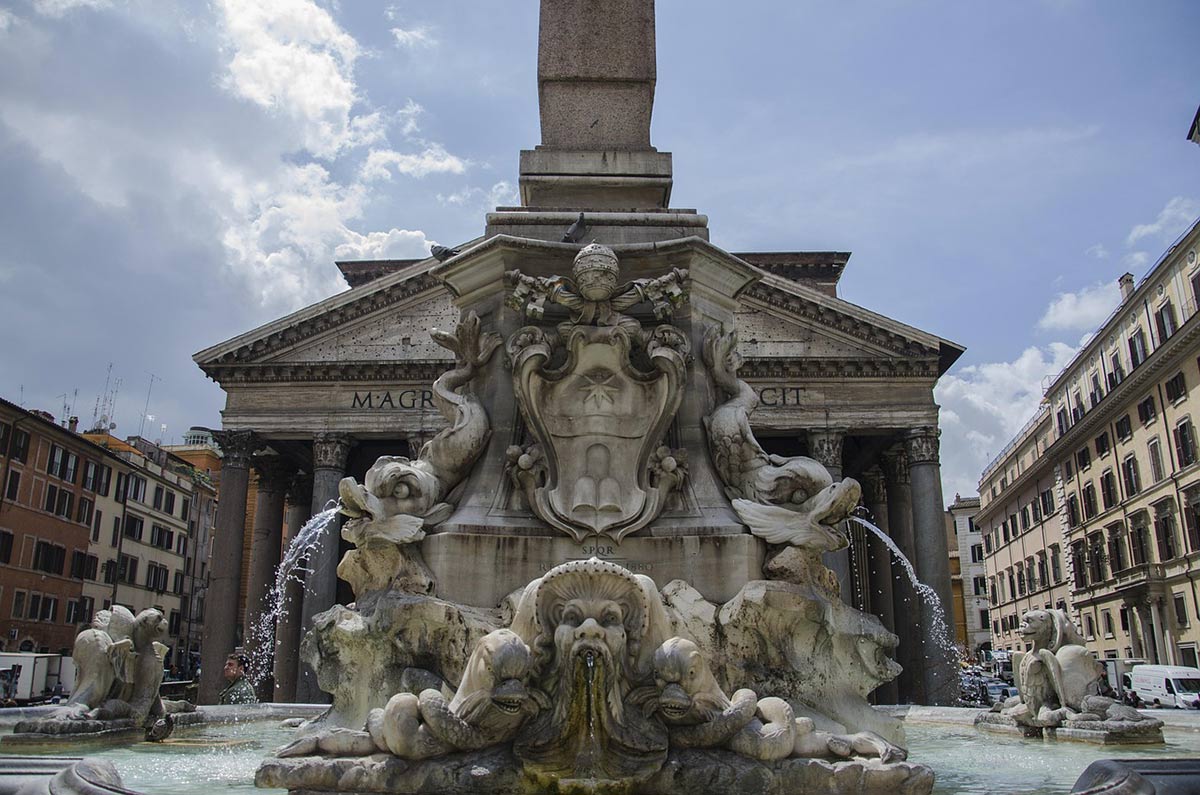
Italian structure continues to influence modern architecture around the world. Its principles of balance, proportion, and craftsmanship have shaped many Western architectural styles. This lasting impact shows how Italy’s architectural heritage remains relevant today.
6. Influence on Global Architectural Styles
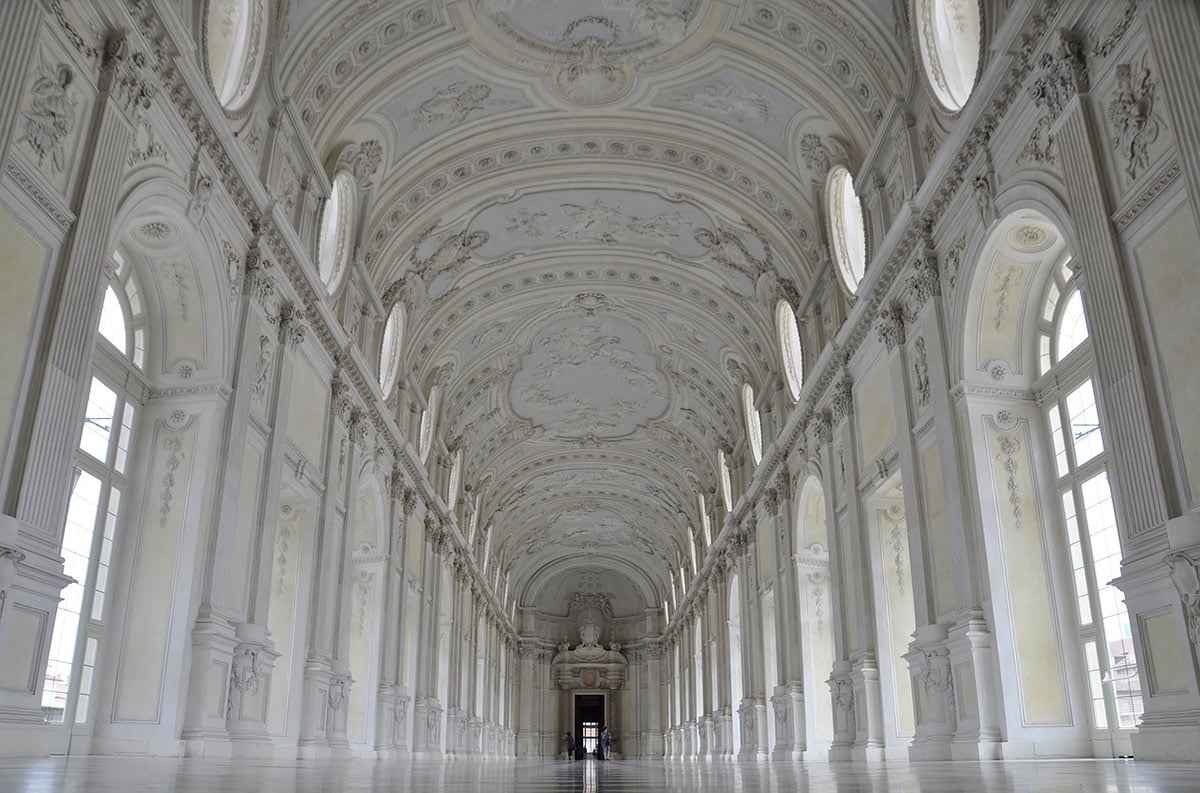
Italian design ideas have inspired buildings far beyond Italy’s borders. Elements like arches, domes, and classical details appear in many famous structures worldwide. This global influence highlights the universal appeal of Italian architectural principles.
7. Modern Italian Architects and Innovations
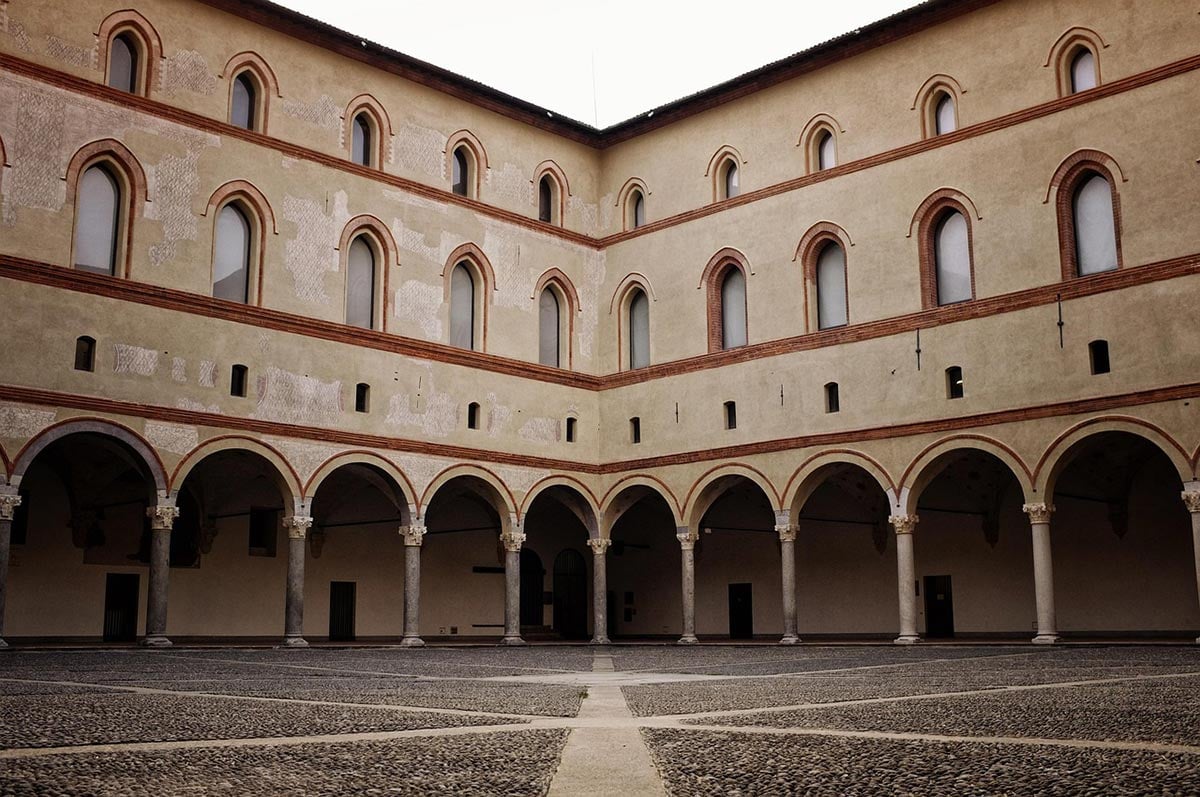
Today, Italian architects carry on this tradition by blending historic styles with modern ideas. Architects such as Renzo Piano and Stefano Boeri create innovative projects that respect the past while pushing design forward. Their work keeps the Italian structure alive in contemporary architecture.
8. Preservation and Continuing Legacy
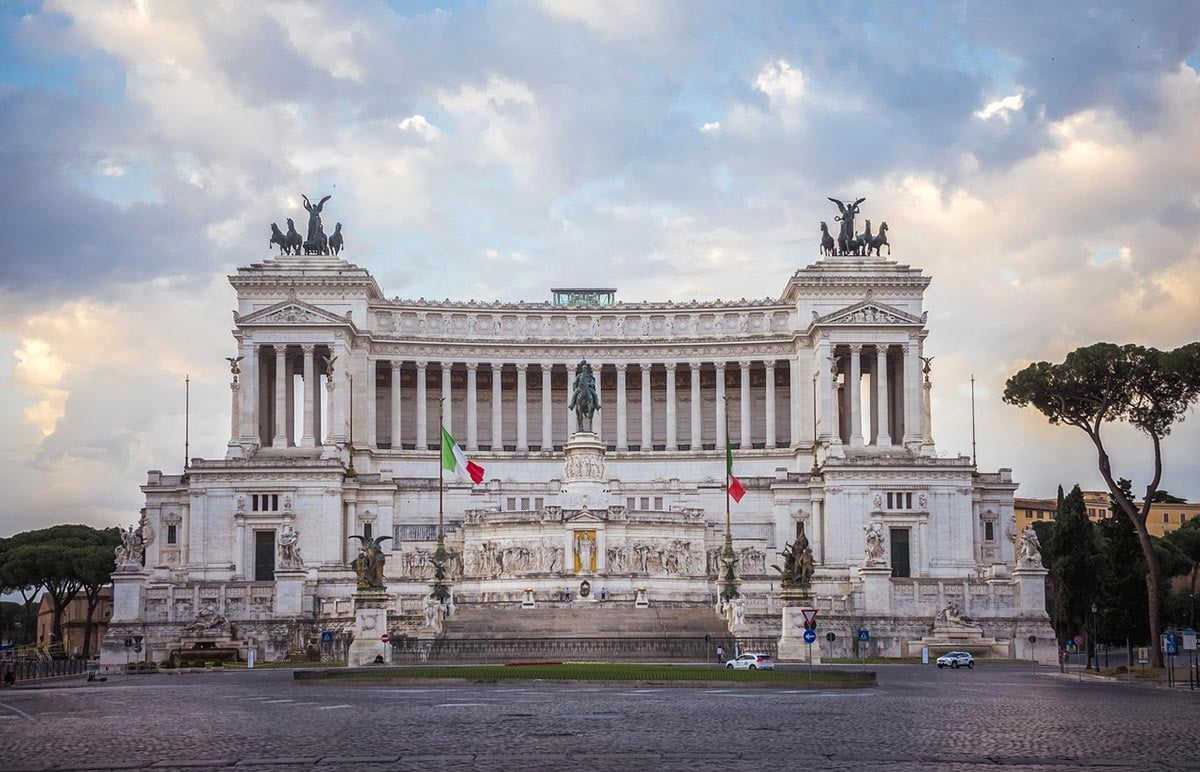
Preserving Italy’s historic buildings is a key effort that supports both culture and urban life. Restoration projects ensure these structures survive for future generations. Additionally, Italian architectural education emphasizes this legacy, teaching students to value tradition while embracing new techniques.

Key Takeaways About Italian Structure
Italian structure has a long history rooted in ancient civilizations like the Romans and Etruscans. It is defined by durable materials, innovative construction techniques such as arches and domes, and a focus on balance and harmony in design. These qualities helped create buildings that are both strong and beautiful, influencing architecture for centuries.
The impact of the Italian structure goes beyond its own time and place. Classical and Renaissance innovations shaped European architecture, and modern Italian architects continue to blend tradition with new ideas. Preservation efforts ensure this legacy remains alive, showing that Italian structure is not just a part of history but a foundation for future architectural achievements.


